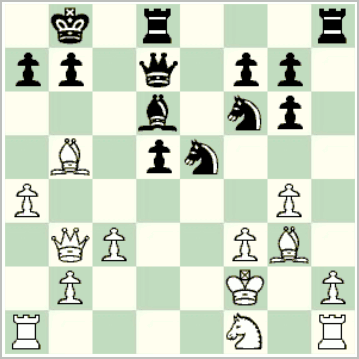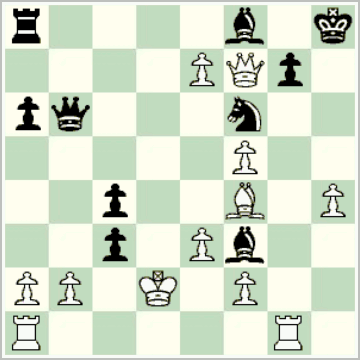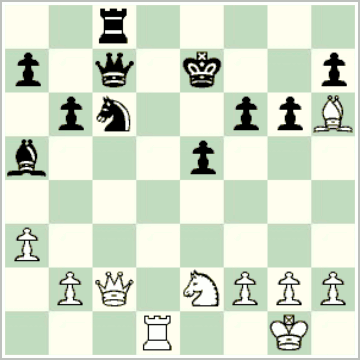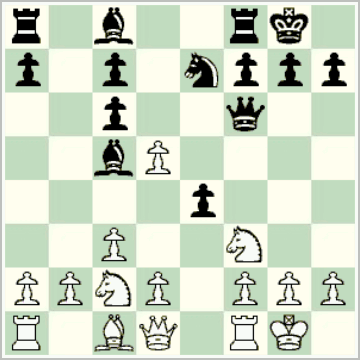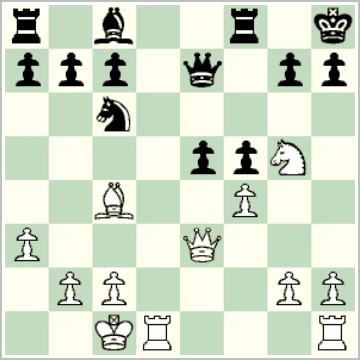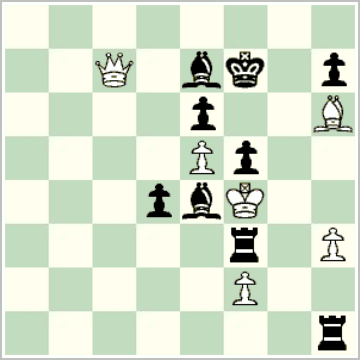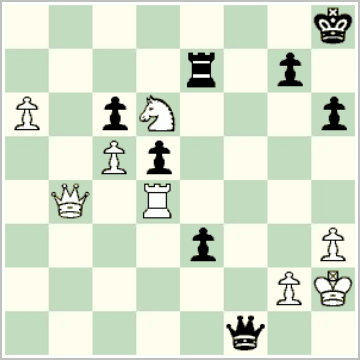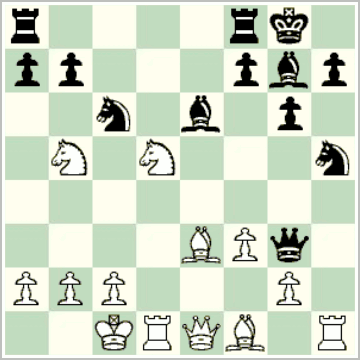The lists of Irish championship players have been updated to reflect the 2022 championship, and to correct some errors and add details.
Five players made their débuts in 2022, taking the total to 575 players in all, including 561 men and 14 women [but see update below]. Of these, 50 have been Irish champion.
The players who made their début in 2022 were Andrey Ivanov, Cathal Keenan, Jason Liu, Diana Mats, and Oisín O’Cuilleanain.
The first names of Hubert Boyd and Herbert Quinton were corrected, and the rendering of Donal Déiseach’s name was modified.
First names have been added for Kevin Burke (2021) (previously omitted due to a glitch), Colm Darby (1989), M. P. (Michael Philip) Furmston (1963), Shane Heffernan (1993), Maurice Hughes (1962), David Kerr (1962), W. D. (William David) Kerr (1948), Alexander Martin (1950, 1951), Dominic Mockler (1957), Derek O’Byrne (1985), Peter Ryan (1992), and Dave Smith (1981, 1982, 1983, 1985). An extra initial was added for J. A. Long (1962).
Update, December 19, 2022: The lists have been updated to distinguish between the Michael O’Brien who played in 1967 (now Michael O’Brien (of Limerick)) and the Michael O’Brien who played in six championships between 1980 and 1992 (now Michael O’Brien (of Cork)); many thanks to Jack Killane, who suggested there was an issue here. With that change, there are 576 players in all, including 562 men and 14 women. In addition, David Houston’s name (previously with typo) has been corrected, and Gearóidín Uí Laighléis’ first name has been added (previously omitted due to a glitch). First names have been added for the five players who made their début in 2022. In addition, first names have been added for Colm Kenny (1967), Victor Lyons (1967), and Peter O’Kane (1968).
The full list is available in alphabetical order and in descending order of number of championships played.

